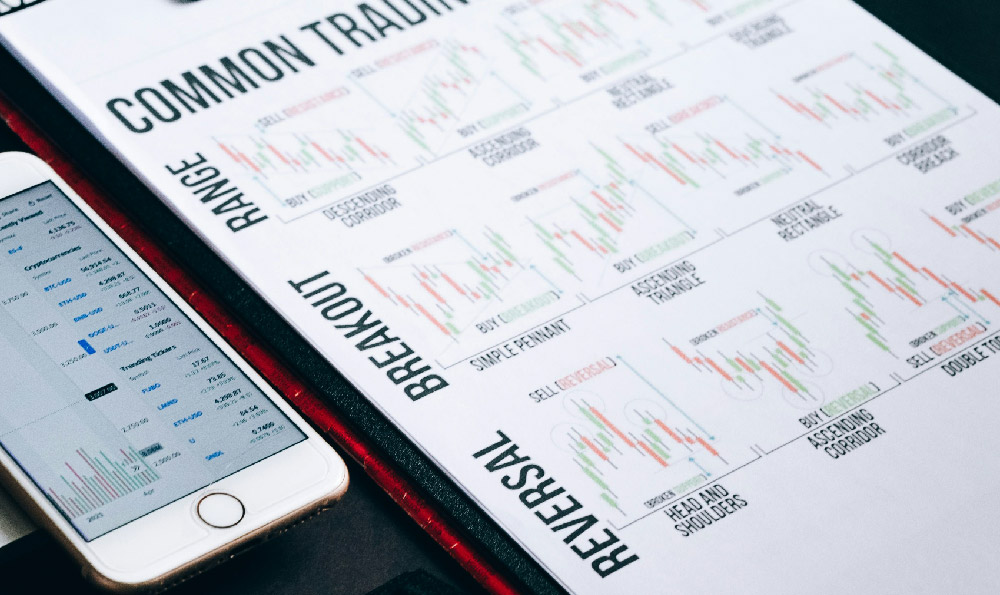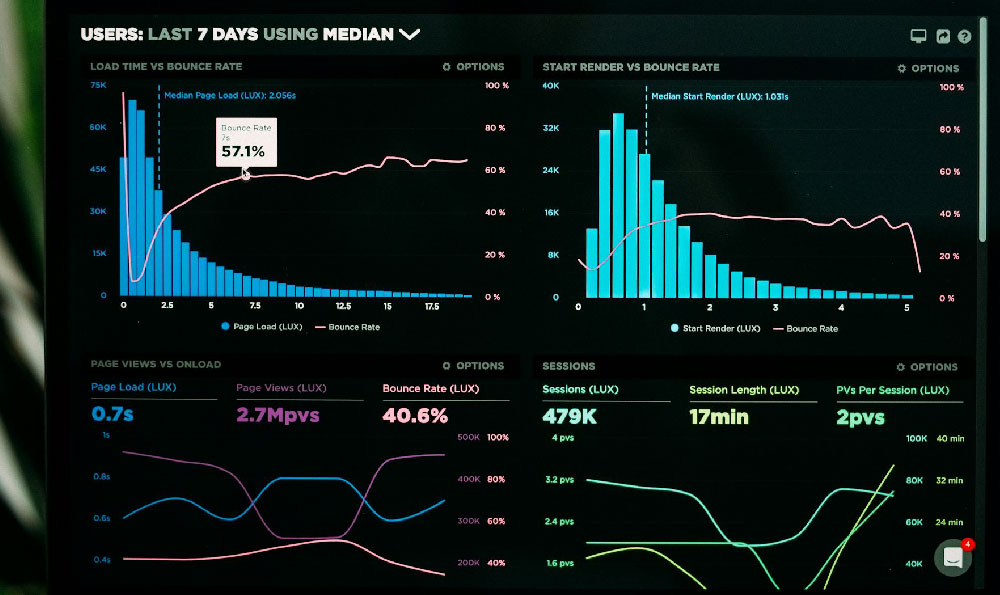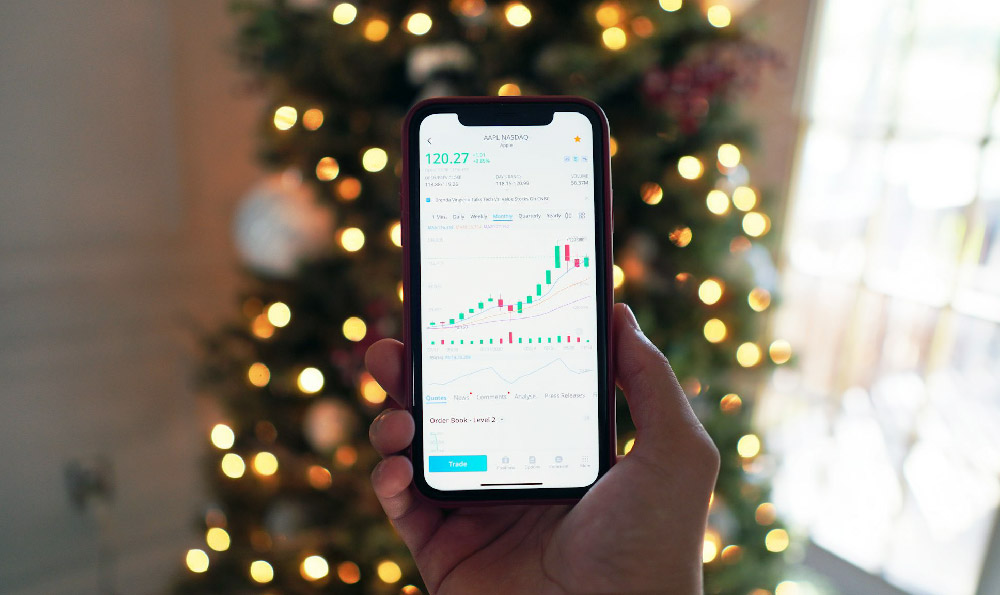Costco's profitability, while often associated with its bulk-buying deals and low prices, stems from a complex and highly effective revenue model that goes beyond simply marking up goods. Understanding how Costco generates profit requires a deeper dive into its membership fees, inventory management, and overall operational philosophy.
The cornerstone of Costco's revenue model is its membership program. This is not merely a loyalty program; it's the primary source of profit. Costco generates a significant portion of its operating income through annual membership fees, collected from millions of loyal customers worldwide. The appeal lies in the perception of exclusive access to discounted merchandise, a promise Costco diligently fulfills. This incentivizes renewals, creating a predictable and recurring revenue stream that cushions the company against fluctuations in retail sales. In essence, members pay for the right to shop at Costco, making them stakeholders in the company's success and heavily invested in continuing their membership. The membership fees themselves are structured in tiers, offering varying levels of rewards and benefits, further incentivizing upgrades and maximizing revenue capture. This upfront revenue allows Costco to operate with lower margins on its goods, offering competitive pricing that attracts and retains members.
While membership fees drive profits, Costco's approach to inventory management is crucial for maintaining its low-price image and driving sales volume. Unlike traditional retailers that strive for high profit margins on each item, Costco operates on incredibly thin margins. The typical markup is around 11%, significantly lower than the average retail markup of 25-50%. This strategy relies on high inventory turnover. Costco aims to sell its inventory quickly, generating revenue through volume rather than per-item profit. This necessitates a carefully curated selection of goods.

Costco offers a relatively limited assortment compared to traditional supermarkets. They focus on fast-selling, high-volume items, often opting for larger sizes or multi-packs. This streamlining reduces warehousing costs and simplifies logistics. By carrying fewer SKUs (Stock Keeping Units), Costco can negotiate better prices with suppliers, passing those savings onto its members. This reinforces the value proposition of membership and drives sales. Furthermore, the limited selection creates a sense of urgency and scarcity. Customers are more likely to purchase items when they see them available, fearing they may not be in stock on their next visit.
The treasure hunt aspect is another key element of Costco's success. This refers to the unpredictable and ever-changing assortment of unique, often high-value items that appear sporadically on shelves. These items, ranging from designer clothing and electronics to home goods and seasonal decorations, create excitement and encourage impulse purchases. Members are constantly on the lookout for these "hidden gems," turning shopping into an engaging and rewarding experience. This strategy also allows Costco to clear out excess inventory or take advantage of opportunistic buying opportunities, offering its members exceptional deals.
Costco’s operational efficiency also significantly contributes to its profitability. The company invests heavily in streamlining its supply chain and reducing overhead costs. Warehouses are designed for maximum efficiency, with goods often displayed on pallets directly from delivery trucks. This minimizes handling costs and allows for rapid replenishment. Furthermore, Costco employs a lean workforce, focusing on efficiency and productivity. The minimal amenities and no-frills shopping environment further contribute to cost savings, which are then passed on to members in the form of lower prices.
Private label brands, particularly Kirkland Signature, also play a crucial role in Costco's strategy. Kirkland Signature products are often perceived as being of comparable or even superior quality to national brands, but at a lower price point. This strengthens Costco's value proposition and fosters customer loyalty. By controlling the production and distribution of its private label brands, Costco can further optimize its margins and offer competitive pricing without sacrificing quality. The popularity of Kirkland Signature has become a significant driver of sales, solidifying Costco's position as a trusted provider of high-quality goods at affordable prices.
Furthermore, Costco's ancillary services contribute to its revenue stream and enhance the overall member experience. These services include optical centers, pharmacies, tire centers, gas stations, and food courts. These offerings provide additional value to members, encouraging repeat visits and increasing overall spending within the warehouse. While not the primary drivers of profit, these services contribute to the bottom line and differentiate Costco from traditional retailers. The gas stations, in particular, are a major draw, offering significantly lower prices than competitors and further incentivizing membership.
In conclusion, Costco's profitability isn't solely derived from product markups. It's a multifaceted strategy centered around membership fees, high-volume sales at low margins, efficient inventory management, the allure of a "treasure hunt," operational efficiencies, a strong private label brand, and strategically placed ancillary services. By focusing on providing exceptional value to its members, Costco has created a loyal customer base and a robust revenue model that allows it to thrive in the competitive retail landscape. Their success is a testament to the power of understanding customer needs and creating a shopping experience that is both rewarding and engaging. The key lies not just in offering discounted prices, but in building a relationship with its members and fostering a sense of community around the Costco brand.












